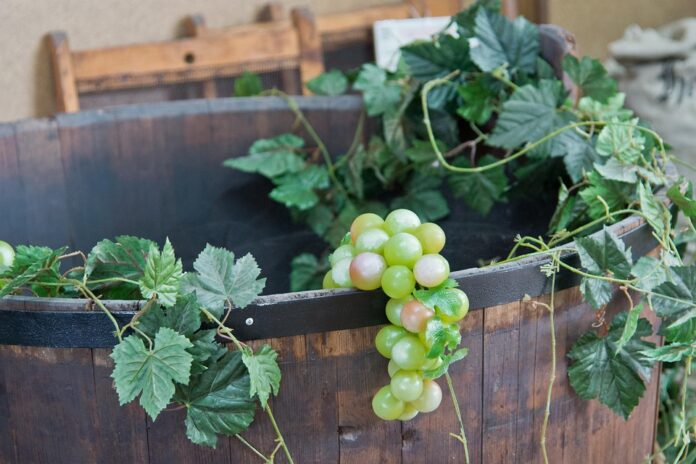Introduction
White wine production involves various processes that can significantly impact the final product’s taste and aroma. Two common methods of fermentation in white wine production are stainless steel and oak fermentation. These methods result in different wine profiles due to the unique characteristics of stainless steel and oak barrels. In this report, we will explore how stainless steel and oak fermentation create distinct white wine profiles, examining the key differences between the two methods.
Stainless Steel Fermentation
Process
Stainless steel fermentation is a popular method in white wine production due to its ability to preserve the wine’s natural flavors and aromas. During stainless steel fermentation, the grape juice is placed in stainless steel tanks to ferment. Stainless steel tanks are non-reactive, which prevents any unwanted flavors from being imparted to the wine. This results in a crisp and clean white wine with bright fruit flavors and high acidity.
White Wine Profile
White wines fermented in stainless steel tanks are known for their fresh and vibrant characteristics. These wines typically exhibit flavors of citrus fruits, green apple, and tropical fruits. The high acidity in stainless steel-fermented white wines gives them a refreshing and zesty quality. Stainless steel fermentation is ideal for producing white wines that are meant to be consumed young and showcase the pure expression of the grape varietal.
Oak Fermentation
Process
Oak fermentation involves aging white wine in oak barrels, which imparts unique flavors and aromas to the wine. Oak barrels are porous, allowing for a small amount of oxygen to interact with the wine during fermentation. This oxygen exposure can soften the wine’s tannins and add complexity to the flavor profile. Oak fermentation can take place in new oak barrels or used barrels, each contributing different characteristics to the wine.
White Wine Profile
White wines fermented in oak barrels have a richer and more complex profile compared to stainless steel-fermented wines. Oak fermentation can impart flavors of vanilla, caramel, spice, and toasted nuts to the wine. The texture of oak-fermented white wines is often creamier and more rounded, with a longer finish. These wines may also exhibit notes of butterscotch or toffee, depending on the type of oak used and the level of toast on the barrels.
Differences in White Wine Profiles
Acidity
One of the key differences between stainless steel and oak-fermented white wines is acidity. Stainless steel-fermented white wines tend to have higher acidity levels, giving them a crisp and refreshing quality. In contrast, oak-fermented white wines may have lower acidity levels due to the softening effect of oak aging. This difference in acidity can impact the overall balance and structure of the wine.
Flavor Complexity
Oak fermentation adds complexity to white wines by imparting flavors of vanilla, spice, and toast. These additional flavors can enhance the wine’s overall profile and create a more layered tasting experience. In comparison, stainless steel-fermented white wines focus more on the purity of the fruit flavors without the influence of oak. The lack of oak aging in stainless steel fermentation results in a more straightforward flavor profile.
Industry Insights
Financial Data
According to industry data, the choice between stainless steel and oak fermentation can impact production costs for wineries. Stainless steel tanks are generally more cost-effective than oak barrels, making stainless steel fermentation a more budget-friendly option for white wine production. However, the use of oak barrels can add value to the wine and command higher prices in the market due to the perceived quality and complexity of oak-fermented wines.
Market Trends
In recent years, there has been a growing trend towards stainless steel fermentation in white wine production. Consumers are increasingly seeking wines that are fresh, fruit-forward, and easy to drink. Stainless steel-fermented white wines align with these preferences and are gaining popularity among wine enthusiasts. On the other hand, oak-fermented white wines continue to have a loyal following among connoisseurs who appreciate the depth and complexity that oak aging can bring to the wine.
Conclusion
In conclusion, stainless steel and oak fermentation create distinct white wine profiles that cater to different consumer preferences. Stainless steel fermentation produces crisp and vibrant white wines that showcase the purity of the fruit flavors, while oak fermentation adds complexity and richness to the wine. Winemakers must consider the desired style and target market when choosing between stainless steel and oak fermentation methods. By understanding the differences between these two techniques, wineries can create white wines that appeal to a wide range of wine lovers.




